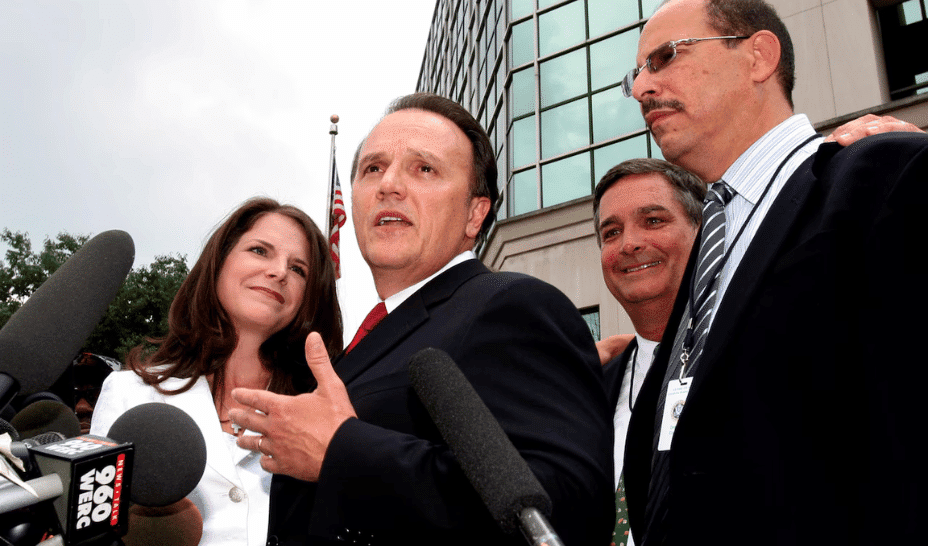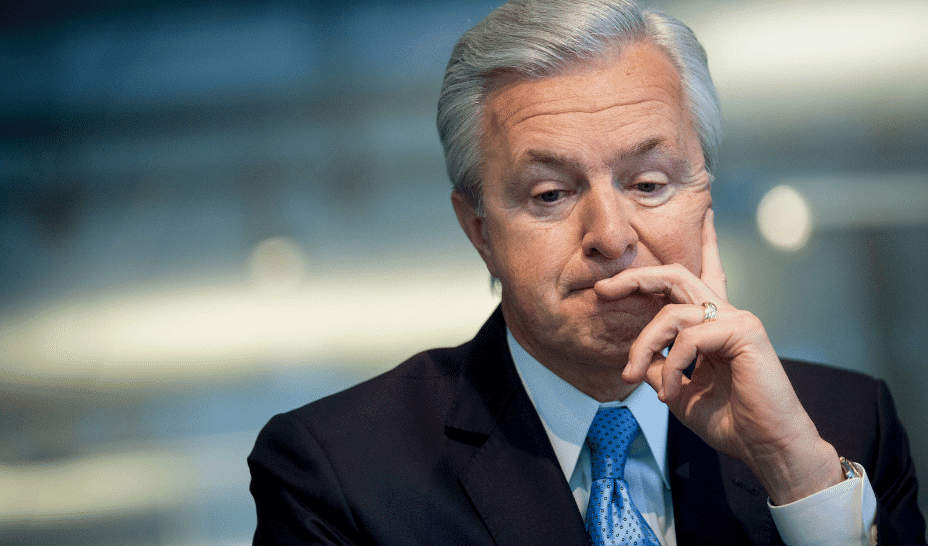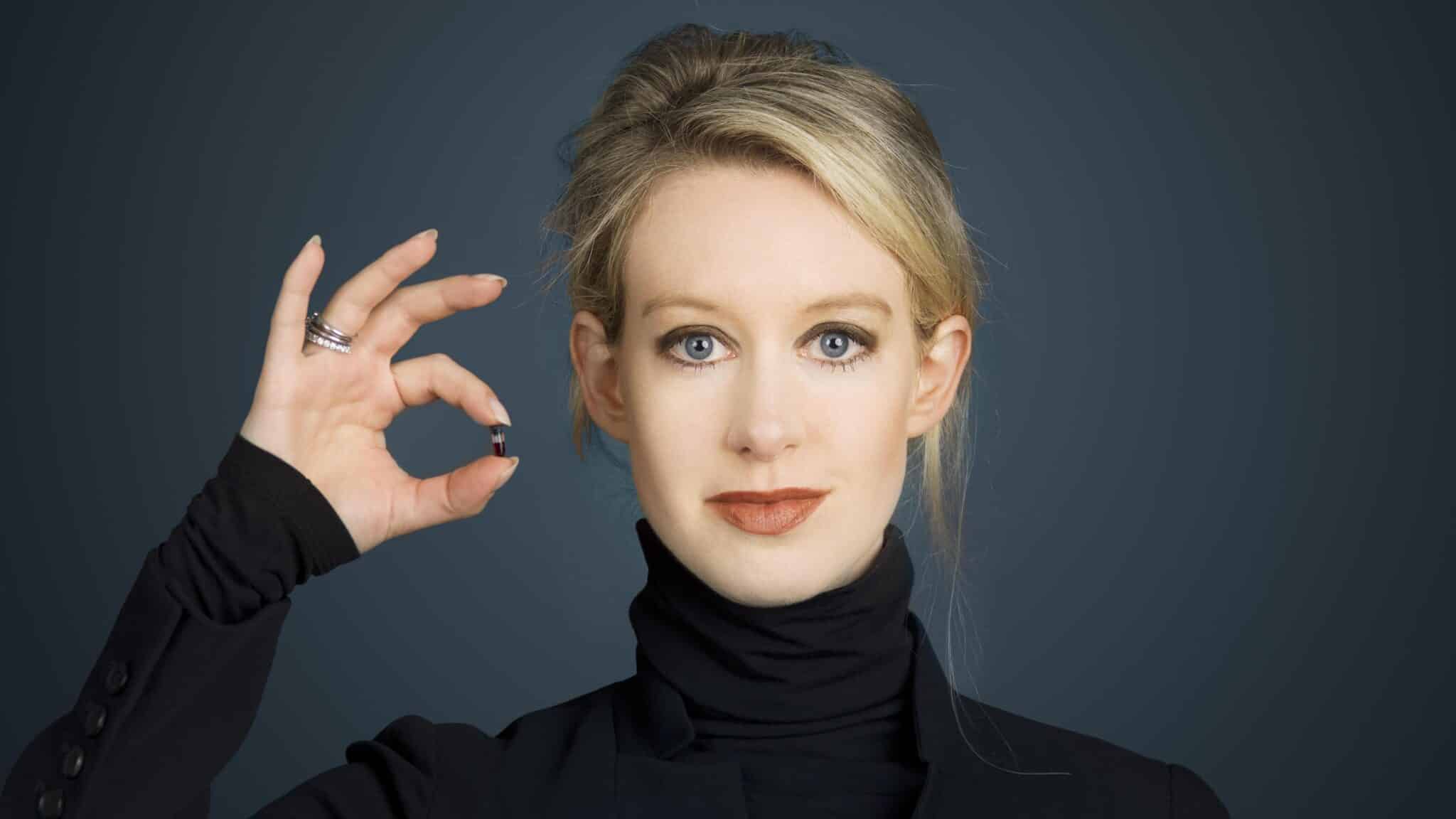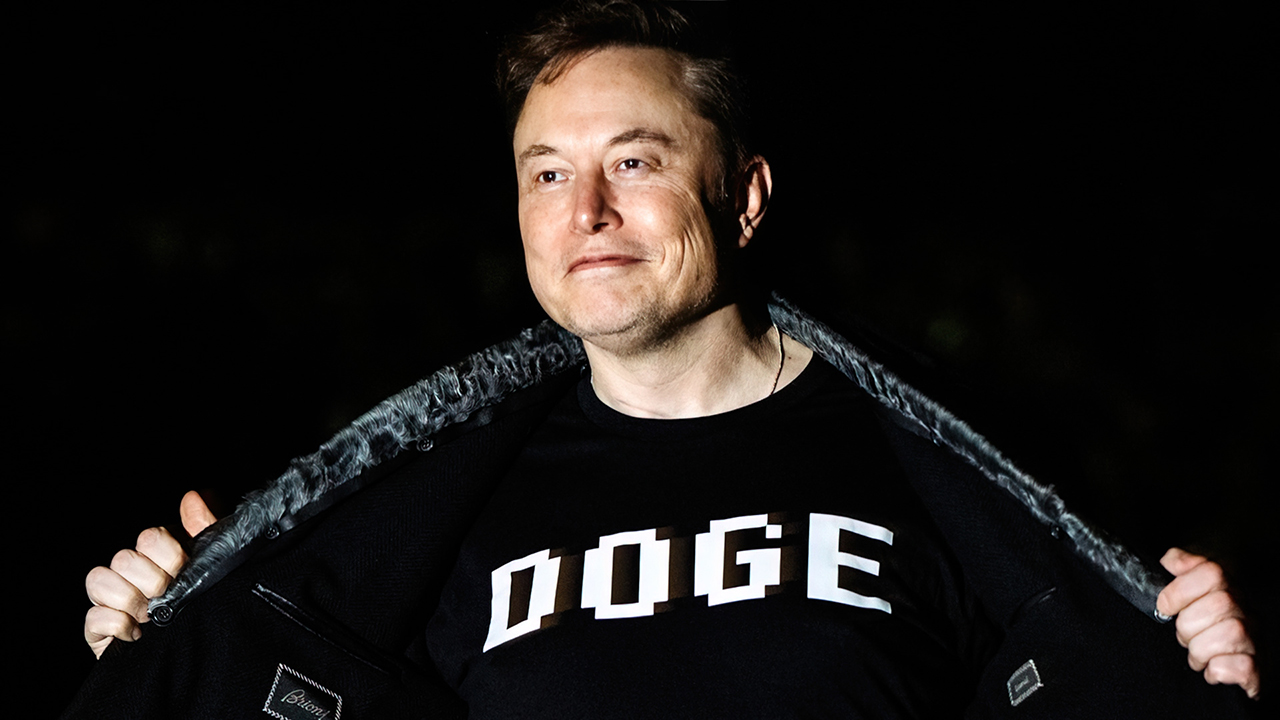Chief Excused Officer: 10 unsurprising – yet frequent ways – a CEO can get fired for

The role of a chief executive officer is often seen as the pinnacle of corporate achievement, but it comes with constant scrutiny and pressure. Shareholders, employees, regulators, and the public expect CEOs to embody the values of their companies while also delivering results. Even small missteps can have outsized consequences, and scandals that might end the career of a mid-level manager can bring an entire corporation to its knees.
In the early stages of a startup, founders often enjoy more leeway as they hold most of the decision-making power (shares). But once investors and a formal board come into play, the margin for error narrows quickly, and accountability becomes much more unforgiving.
The recent dismissal of Nestlé’s CEO, Laurent Freixe, illustrates this reality vividly. After concealing a romantic relationship with a subordinate, Freixe was forced out just a year into his tenure. The situation mirrors other high-profile cases across industries where the private behaviour of corporate leaders collided with company policy, ethics, or investor expectations. Who can forget about what happened to Andy Byron, CEO of Astronomer, who was caught on a kiss cam at a Coldplay concert earlier this year with the company’s head of people, and basically became a meme. Trust and transparency, it turns out, are as critical as strategy and financial performance.
From misconduct to poor decision-making, history is full of examples of executives who lost their positions despite long careers or impressive résumés. Below, we explore ten cases that reveal the diverse, unsurprising, yet frequent ways a CEO can be fired.
Misleading the board

Boards need complete honesty from their CEOs to ensure proper governance. When a leader lies or withholds information, they undermine the board’s ability to act in the company’s best interests. Even issues in a CEO’s personal life can trigger dismissal if they misrepresent facts when questioned directly.
Bernard Looney, former CEO of BP, resigned in 2023 after misleading the board about past relationships with colleagues. He had previously assured directors that there were no concerns, but further evidence proved otherwise. BP dismissed him for serious misconduct, costing him more than £32 million in pay and shares.
Inappropriate conduct

CEOs are often seen as the face of their company, and when their personal behaviour clashes with expected standards, the consequences can be severe. Misconduct, whether harassment, abusive behaviour, or fostering a toxic environment, not only damages a firm’s reputation but can also create legal and financial risks that boards cannot ignore.
Dov Charney, the founder and former CEO of American Apparel, was ousted in 2014 after years of controversies involving allegations of sexual harassment, inappropriate behaviour with staff, and fostering a problematic workplace culture. His exit came despite his central role in building the brand, showing how repeated misconduct at the top can ultimately outweigh entrepreneurial achievements.
Falsifying product tests

Safety and product integrity are central to consumer trust. If it emerges that a company has been misleading regulators or the public, the CEO is often the first to be held accountable, regardless of their personal involvement. Cover-ups around product testing can destroy reputations built over decades.
Volkswagen’s 2015 emissions scandal is one of the most striking examples. Cars were fitted with software to cheat emissions tests, allowing them to appear environmentally friendly while polluting far more than permitted. CEO Martin Winterkorn resigned under pressure as the company faced global outrage and billions in fines.
Mismanagement of funds

CEOs are expected to treat company finances with the utmost responsibility. Using corporate funds for personal purposes, authorising reckless spending, or creating conflicts of interest erodes trust among investors and employees alike. When governance lapses are tied directly to the chief executive, their position becomes untenable.
Adam Neumann, the flamboyant co-founder of WeWork, was forced out in 2019 after reports emerged of extravagant spending, self-dealing, and loans from the company to himself. His ousting followed a failed IPO that exposed not only financial losses but also deep flaws in governance.
Accounting fraud

Financial manipulation is one of the gravest sins in corporate leadership. Inflating earnings, hiding losses, or misleading investors damages markets, destroys shareholder wealth, and often leads to criminal charges. CEOs cannot plead ignorance when systematic fraud is exposed under their watch.
HealthSouth founder Richard Scrushy oversaw one of the largest accounting scandals in US history in the early 2000s, with executives admitting to overstating earnings by billions. While Scrushy initially escaped conviction for fraud, his reputation never recovered, and he was later imprisoned on bribery charges.
Personal misconduct

CEOs are expected to uphold the highest standards of honesty and responsibility. When their leadership is linked to widespread unethical behaviour or misconduct within the company, the board and regulators often demand accountability at the very top. Even if the CEO does not personally commit the wrongdoing, their failure to prevent it can be considered misconduct.
John Stumpf, the former CEO of Wells Fargo, resigned in 2016 after it was revealed that employees had opened millions of fake accounts to meet aggressive sales targets. While Stumpf did not personally create the scheme, his leadership style and pressure-driven culture were blamed for encouraging misconduct across the bank. His departure demonstrated how a CEO can be held responsible for systemic ethical failings.
Ignoring safety

Safety lapses can become existential threats for companies, particularly in industries like aviation, energy, and transport, where lives are at stake. When a CEO is seen as failing to enforce or prioritise safety standards, regulators and boards often intervene to protect the organisation’s credibility and restore public confidence.
Ahmad al-Kreebani, former CEO of Kuwait Airways, was dismissed in 2025 after repeated failures to comply with aviation safety regulations. The country’s civil aviation authority formally withdrew its support for his leadership following missed deadlines and lapses in implementing mandated corrections. His removal showed how quickly a CEO can be ousted when safety concerns are left unaddressed.
Over-promising and under-delivering

Visionary leadership often requires bold promises, but when those promises collapse under scrutiny, the backlash can be swift and unforgiving. Investors, regulators, and customers expect a CEO to balance ambition with honesty, and when expectations are exaggerated or deliberately inflated, trust can evaporate overnight. Over-promising not only risks disappointing stakeholders but can also cross the line into fraud if a company knowingly misleads about its products or capabilities.
One of the most infamous examples is Elizabeth Holmes, founder of Theranos. She claimed her company could revolutionise healthcare with technology that performed hundreds of diagnostic tests from a single drop of blood. Investors, high-profile partners, and even governments were drawn in by the vision, valuing Theranos at billions of dollars. But when it emerged that the technology did not work, Holmes faced charges of fraud and conspiracy. In 2022, she was sentenced to more than 11 years in prison.
Poor governance

Even when a company is financially successful, governance failures or a toxic workplace culture can destabilise leadership. CEOs can lose their positions not because of immediate financial underperformance, but because a breakdown in trust with employees, investors, or regulators makes their leadership unsustainable. Issues such as weak oversight, discrimination, or systemic mismanagement can all point back to the chief executive.
A recent example comes from Moët Hennessy, the wine and spirits arm of LVMH. CEO Philippe Schaus stepped down in 2025 following revelations of mismanagement and a deteriorating corporate culture. Reports revealed that the company shifted from generating over €1 billion in cash in 2019 to burning through €1.5 billion by 2024. At the same time, allegations of sexual harassment, gender discrimination, bullying, and retaliation during his tenure highlighted governance weaknesses that made his continuation as CEO impossible.
Personal beliefs misaligned

A CEO’s personal views, especially when shared publicly, can sometimes clash with wider social, political, or market realities. While executives are entitled to their opinions, boards and stakeholders often expect leaders to remain aligned with company values and sensitive to current contexts. When comments or stances alienate key partners, sponsors, or customers, the fallout can make a CEO’s position untenable.
A recent example is Paddy Cosgrave, co-founder and former CEO of Web Summit. In 2023, had to resign after facing backlash over public comments regarding the conflict in Gaza. His statements prompted high-profile sponsors, investors, and speakers to withdraw from the event, creating intense pressure on the organisation. The controversy highlighted how quickly a CEO’s personal beliefs, when perceived as out of step with stakeholders, can trigger a leadership crisis.
The post Chief Excused Officer: 10 unsurprising – yet frequent ways – a CEO can get fired for appeared first on EU-Startups.













































